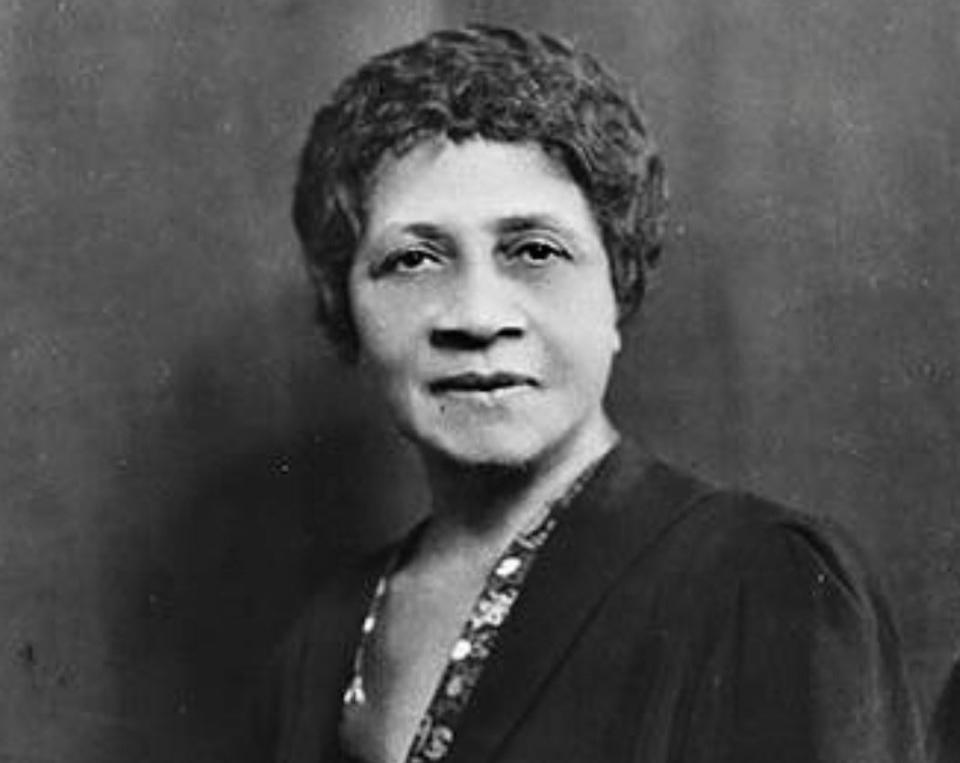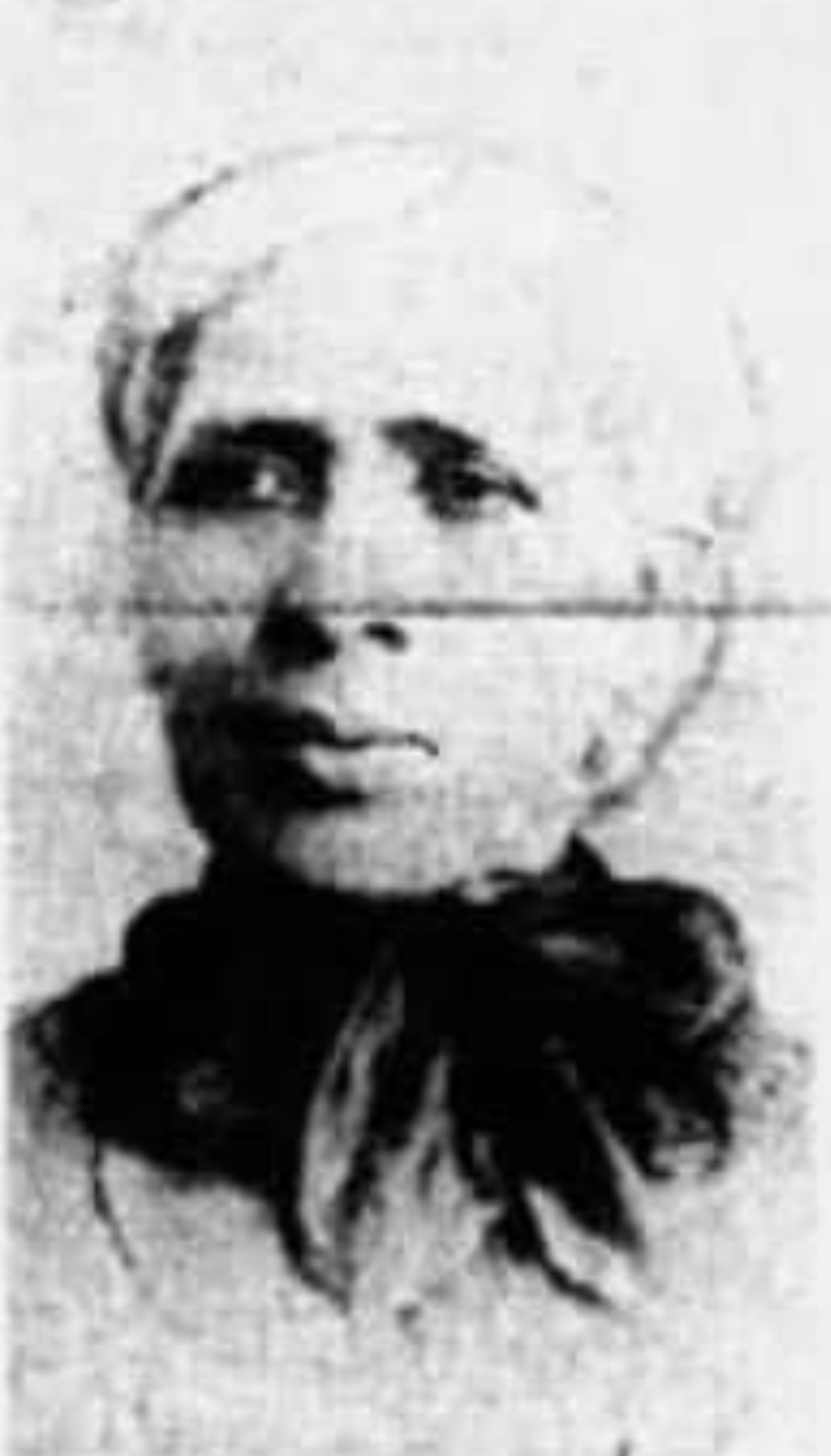'Well-rounded history': Howell once had a thriving Black community
- Oops!Something went wrong.Please try again later.
HOWELL — An association with deceased Cohoctah Township resident Robert Miles, a former Grand Dragon of the Michigan Ku Klux Klan, has left Howell with a challenging reputation to overcome.
But what's talked about far less, experts and descendants of Howell's most prominent Black residents say, is the positive.
Harry Carney Todd, 85, regularly visited family in Howell in 1940s and 1950s. His ancestors, the Childers and Todd families, were among those prominent Black residents. Many of them held notable professions. One even rose to fame.
In an interview with The Daily, Todd said people have questioned him about Howell, but his memories don't match their assumptions.

"All the years I was there, there wasn't any problems," he said. "Not once did I have any discrimination. When people ask about the KKK, I said, my family was there before the Klan."
Local historian Lindsay Root, who is white, said he's gathered evidence that Howell had a "thriving" Black community in the late 1800s and early 1900s. Root has a theory that Black families heard of Howell's positive reputation.
Todd says there might be a connection between the Childers family and Abraham Losford, a barber who escaped slavery on a Kentucky plantation, became Howell's first Black citizen, and established a barbershop.
Todd said he has fond memories of visiting the family home on West Street, swimming in Thompson Lake and taking plane rides for fun at the local airport.
His grandparents, Nellie and William Todd, lived in the West Street home, in the family since the 1870s — when his great-great grandmother Eliza Childers and her husband Alex Childers moved to Howell from Kentucky, where they'd once been enslaved.
Eliza had many children, at least 16, including Todd's great-grandmother Esther Smithson, born from a previous relationship.
"What's fascinating is their blood runs into mine and I can’t fathom their day-to-day circumstances," Todd's son, Harry Craig Todd, said. "Eliza was separated from her mother at age eight on the slave docks in New Orleans. No, they didn’t get lost among the crowd, like we do at Cedar Point. Her mother was sold to someone and Eliza was now in the hands of a kind slave owner, whatever that means, in Kentucky.
"She was later freed sometime after the Emancipation Proclamation in 1863. She left due to being mistreated by the mistress of the plantation, then moved to Howell in 1872."

He said it's important for local historians to "get a well-rounded history instead of a one-sided one."
Also among Eliza's children was famous music educator Lulu Vere Childers.
Lulu started the Conservatory of Music and School of Music at Howard University in D.C. in the 1910s and served as the university's music director. She's also tied to a new image that will appear on $5 bills of a 1939 concert at the Lincoln Memorial, performed by her close friend and famous opera singer Marian Anderson.
"I always say my aunt Lulu was a better singer than (Anderson)," Harry Carney Todd said.
His grandmother Nellie, Smithson's daughter, married William Todd, a notable attorney for the government who graduated from the University of Michigan in 1901 and later represented people injured during the building of the Panama Canal. William had a law practice in Panama for many years before returning to Howell.
Harry Campbell Todd, his son, graduated from Howell High School and become the first Black manager of an unemployment office in Detroit. He married Adelaide Carney Todd, a secretary for the Detroit Board of Education. Then came Harry Carney Todd.
Root said he became interested in Black history while researching the Howell Opera House.
"Black singing groups only performed in places that sympathized with the Black cause," he said.
For example, the Fisk Jubilee Singers from Fisk University held their first concert at the Opera House in 1882 and returned repeatedly.
Root is currently working on a walking tour with an app. Stops will tell stories of the Childers and Todd families, as well as George Jewett — the first Black football player in the Big Ten, who coached Howell High School's first football team in the 1890s — among other notable residents.
Subscribe: Get all your breaking news and unlimited access to our local coverage
In August 1899, the Livingston Republican reported the area's Black population was "about 80 strong" in an article about an annual picnic.
"The ancestral Black population of Howell is a critical missing piece in the region’s history," Root said. "Many of the legacies alter long-held opinions of a town burdened by a well-versed, negative past."
— Contact reporter Jennifer Eberbach at jeberbach@livingstondaily.com.
This article originally appeared on Livingston Daily: 'Well-rounded history': Howell once had a thriving Black community

